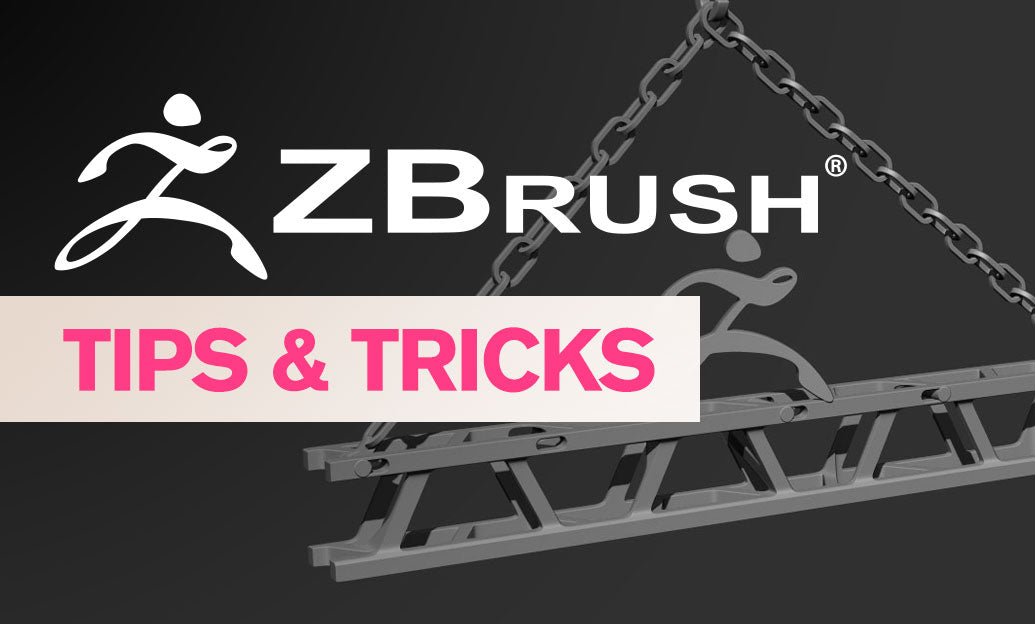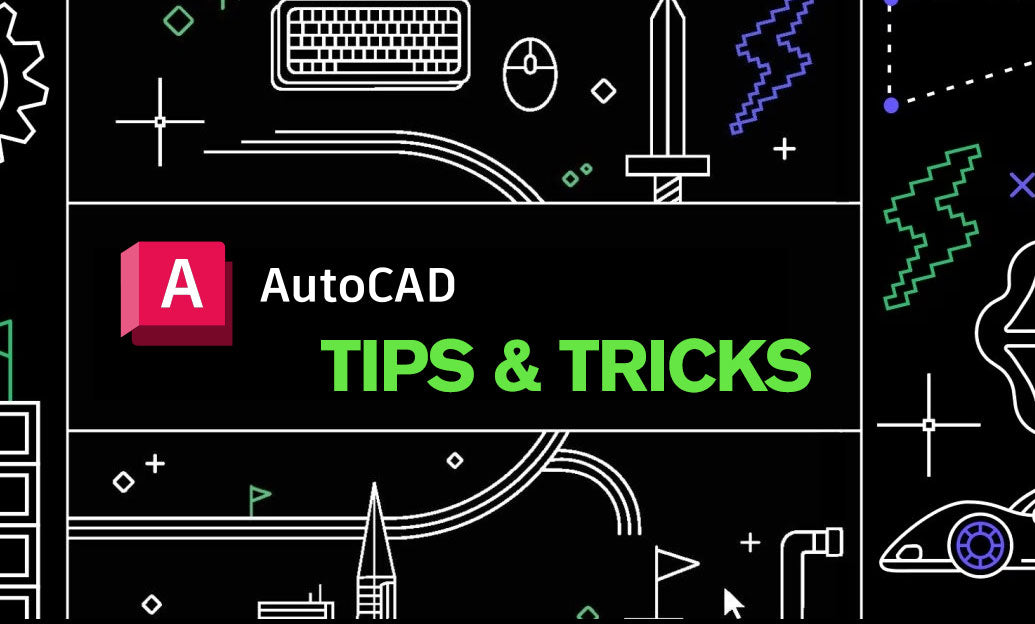Your Cart is Empty
Depth of Field (DOF) in ZBrush’s BPR adds cinematic focus and scale cues while keeping your sculpt front and center. Here’s a quick, dependable setup that works across characters, props, and key art.
- Establish camera and lens first
- Enable Perspective and set Angle of View for a believable lens. A 35–85mm equivalent keeps portraits natural; go wider only for deliberate stylization.
- Frame your subject and lock the shot before adding DOF to avoid re-tuning blur ranges later.
- Use BPR Filters for in-ZBrush DOF
- Open Render > BPR Filters and enable an empty slot (e.g., F1).
- Set the filter Type to a Blur variant (Gaussian is a good starting point).
- Enable depth masking for the filter and use the depth pickers to sample your focus point directly on the model (eyes for portraits, logo/feature edge for product shots).
- Adjust near/far depth ranges to define the in-focus slice; then raise/lower Strength for the perceived aperture size.
- Keep it subtle: heavy blur flattens form. Aim for a gentle separation that guides the eye without hiding sculpted detail.
- Leverage ZDepth for flexible post
- After BPR, export the Depth pass from Render > BPR RenderPass.
- Save at 16/32-bit (EXR/TIFF) to avoid banding; in Photoshop or your compositor, use Lens Blur/Depth of Field nodes driven by this map.
- Post DOF keeps you non-destructive and lets you iterate quickly for different crops or art directions.
- Art direction cheats that work
- Focus on story-critical surfaces: eyes, emblem, hero bevels.
- Use DOF to hide busy backgrounds and to emphasize silhouette breaks.
- Pair with AO and softened shadows for pleasing falloff; render AO and Shadow passes in BPR for extra control in comp.
- Speed and quality tips
- Use Shift+R to quickly re-BPR while iterating DOF values.
- Render at a higher document size and downscale for cleaner blur and edges.
- If time is tight, do a light in-ZBrush DOF for direction, then finalize using the ZDepth pass in post.
- Troubleshooting
- Haloing around edges: ensure your depth range brackets the subject and avoid extreme Strength settings.
- Unexpectedly soft foreground: your sampled focus may be on a mid-surface; re-pick the focal center and narrow the near range.
- Flat look: reduce blur amount and increase lighting contrast; DOF is a complement, not a substitute for good light.
Keep a reusable DOF preset in BPR Filters to standardize your look across a series. For the latest ZBrush licenses, upgrades, and expert guidance, visit NOVEDGE. If you’re building a broader rendering toolkit or planning pipeline purchases, consult the team at NOVEDGE for tailored recommendations.






